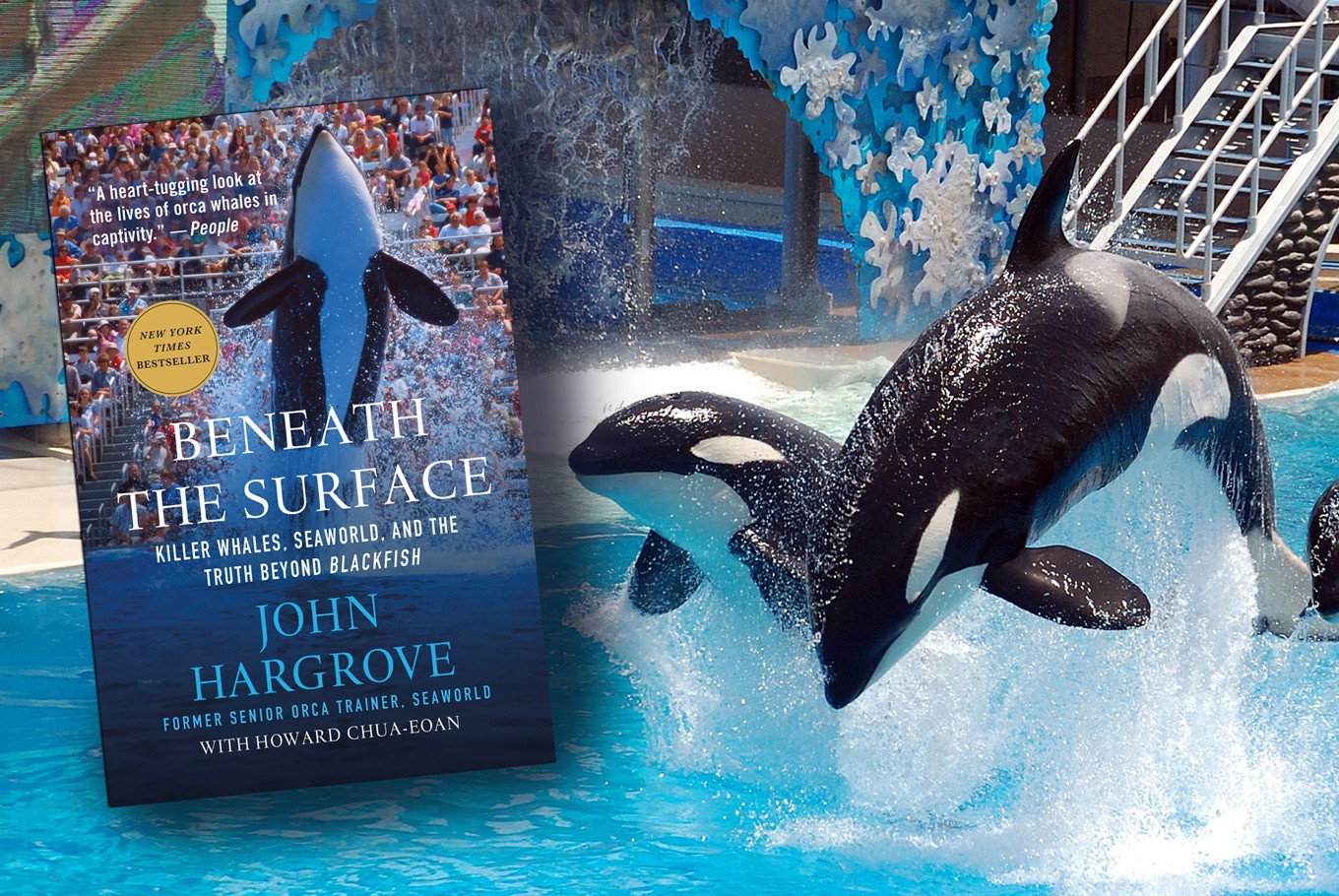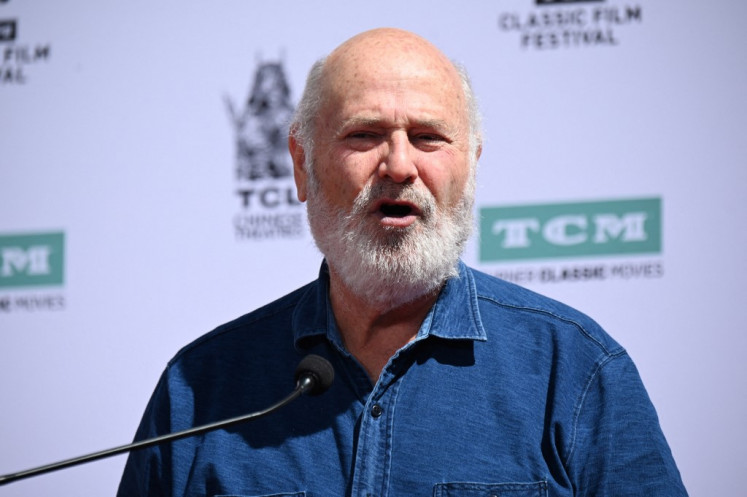Popular Reads
Top Results
Can't find what you're looking for?
View all search resultsPopular Reads
Top Results
Can't find what you're looking for?
View all search resultsBook Review: Behind the doors of theatrical killer whale shows
Change text size
Gift Premium Articles
to Anyone
G
rowing up in the 90s, I enjoyed watching Free Willy. The movie is about a boy forming a friendship with a killer whale, or orca, named Willy.
At the end of the movie, Willy is released back into the wild. Keiko, the orca that played Willy, was also returned to the ocean after years of preparation, though he died of pneumonia about a year after the release.
Keiko spent more than 20 years of his life in captivity, but he was not the only one. Captive orcas trained for theatrical shows are part of multi-billion dollar entertainment industry. Beneath the Surface offers a personal experience of a former orca trainer in SeaWorld, John Hargrove.
Being an orca trainer was a dream come true for Hargrove, who saw the orca show in SeaWorld as a child. In the book, he describes the relationships he formed with the whales during his career.
As his understanding went deeper, however, he started to notice there was a darker reality than what showed on the surface.
These are some highlights of the book.
Health problems
The pools may seem huge to us humans, but to the orcas they are merely the size of a bathtub.
Out of boredom, the whales tend to form strange habits, like eating paint off the wall, rubbing their heads against the walls, or developing eating disorders. These habits can cause damage to their teeth.
To prevent bacterial infections that can kill the whales, the trainers have to manually drill the teeth—a procedure that is painful for the whale and risky for the trainer.
Social structure
In the wild, orcas live in pods led by a dominant female.
The whales in SeaWorld were caught in different parts of the world; they do not always share the same language and culture. In the ocean, if a whale does not get along with the others, there are miles in which to swim away. In the pools, there is only so far you can go.
There is also a practice of separating mothers from their calves for breeding or business purposes. Kasatka was very close to her daughter, Takara. When the management decided to move Takara to another park and put her in a truck, Kasatka began to produce a long range vocalization, trying to locate Takara's presence.
Captive breeding
Captive orcas have shorter life spans and capturing wild orcas is now prohibited.
Due to the need for repopulating its marine parks, SeaWorld conducted a breeding program. The program included both natural breeding and artificial insemination, and sometimes involving whales of unnaturally young age.
“Our moral responsibility is not to diversify the gene pool of these orcas. We took these whales from the ocean and put them in a captive situation and now we are breeding them because we want more whales in our collection in order to make more money. Our responsibility is to make their lives better, not to impregnate them again and again in an abnormal way.”
Blackfish documentary
Hargrove left his job at SeaWorld in 2012. He was one of the people interviewed for the Blackfish documentary. The documentary brought into spotlight Tilikum, a whale that has killed three people during his years in captivity, including an experienced trainer named Dawn Brancheau.
This book ended with Hargrove's vision of the future for captive orcas. After years of dependency on the trainers for food and health care, they lack the instinct to survive in the wild.
Hargrove proposed the building of sea pens, an open-ocean enclosure, which is closer to their natural habitat than their current tanks.
The release of Blackfish has caused an attendance decline at those shows and brought campaigns and petitions demanding better living conditions for the orcas. At the time of reading, SeaWorld has agreed to end its orca breeding program and has ended the orca theatrical show in its Orlando park.
I found this book to be an eye-opening read. It's easy to overlook this issue, thinking it's just another protest from an animal rights activist. But reading of Hargrove's personal experience, I can see that he truly cares about the whales and their fate in captivity.
This is a highly recommended read for everyone.
*
Beneath the Surface: Killer Whales, SeaWorld, and the Truth Beyond Blackfish by John Hargrove
Publisher: St. Martin's Press
Hardcover: 272 pages
***
Annisa Ihsani is a writer, book nerd, and mother of one. She is the author of middle-grade novel "Teka-Teki Terakhir" ( Gramedia Pustaka Utama, 2014 ).
---------------
Interested to write for thejakartapost.com? We are looking for information and opinions from experts in a variety of fields or others with appropriate writing skills. The content must be original on the following topics: lifestyle ( beauty, fashion, food ), entertainment, science & technology, health, parenting, social media, and sports. Send your piece to community@jakpost.com.











